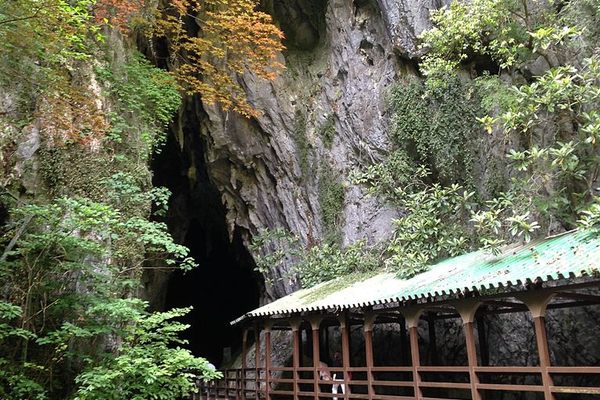About
Sometimes, simplicity speaks volumes. A short tower can seem imposing on a featureless plain. A tiny word can say a lot if it's on a blank wall. And 40 simple steps can tell a complex story of perseverance and dominance, if they're carved into the mountainside leading to its peak.
That's the scene at Chilzina, otherwise known as the "Forty Steps of Kandahar." Carved into a mountain peak at the western boundary of what was "Old Kandahar" (conveniently located in the same place as the current Kandahar), this monument was an imposing symbol etched upon the natural defense formed by Kandahar's western mountains. And the man who put them there knew exactly what he was doing.
Babur was the first emperor of the Mughal Empire, and he did not come by that title lightly. He literally bent the world before him to his will, conquering much of central Asia and the Indian subcontinent to form his empire and expand the influence of his Persian culture. A descendant of both Timur and Ghenghis Khan, Babur wanted people to know his name as well.
Thus at Chilzina, he carved a staircase into a mountain and hollowed out an enclave for recording his history. Into the wall of that enclave, Babur carved the story of his conquests in the Mughal Empire in Persian for all to see. He then carved statues of two lions, chained, at the top of the stairs, guarding the entrance to the enclave.
While the staircase is impressive indeed and the inscription is the point of it all, the lions remain the best example of his legacy. Because they were chained, even these guardians, shaped purposefully and painstakingly out of bare stone, signified his power and control over them, there at his service, just as he saw the world around him.
Related Tags
Published
May 9, 2012




















